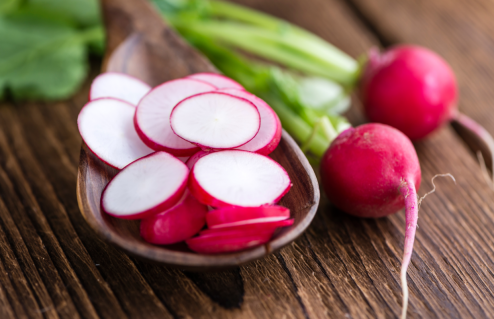Cheers to full-fat milk!
Nutritionist, Eve Kalinik, raises a glass of the good old white stuff, championing the full-fat variety over its low-fat alternatives

One of my fondest memories growing up was sipping on a small bottle of creamy full-fat milk during school break times, usually produced by happy cows in our local farm. However, in recent years, milk, like other dairy products, has succumbed to the ‘unhealthy’ stigma, with many people snubbing it for more of the plant-based alternatives. But are we in on the full picture? And might we be missing out on some vital nutrients?
Bona fide allergies aside, milk is a very healthy food when it is consumed in its natural state. The issue is that much of the milk we find in supermarkets is a different end product from where it started. Pure raw milk doesn’t undergo the standard processing of pasteurisation and homogenisation, nor fat removal, and this can dramatically alter the way that it is digested in the body. Let’s break this down further…
Pasteurisation
The heat-treating method used to kill potentially pathogenic bacteria also destroys enzymes, such as lactase, which is needed to break down the protein lactose found in milk. This means that the body doesn’t necessarily have the tools to absorb it and this can lead to digestive symptoms. Moreover, through heat-treating milk, we also wipe out the beneficial bacteria that support the gut and, while cultures can be added back in, it isn’t the same as having these probiotics in their true form.
Unfortunately, unpasteurised milk isn’t easy to come by, but you can get the same benefits from kefir, a fermented milk source, or unpasteurised cheese.
Homogenisation
The other common technique used in milk production is homogenisation, a process of high pressure to break the fat component of milk into smaller particles to get a more uniform consistency throughout. Some argue that this can alter the way these reconfigured particles act in the body, even causing inflammatory knock-on effects and digestive difficulties. Luckily, you can buy unhomogenised milk in all the major supermarkets – just look out for it on the label.
Then we have fat-reduced milks, which means that the crucial ‘fat’ factor needed for fat-soluble vitamins to be absorbed is no longer present. Added to this, a lot of the low-fat dairy products often use emulsifiers and synthetic thickening agents to create a similar texture, which also have their own negative health associations. Rule of thumb – always go full-fat.
There is also raw milk which, in contrast, comes from grass-fed cows, is unpasteurised, and unhomogenised. It also contains all the natural enzymes and essential fatty acids, as well as increased amounts of vitamins and minerals, such as A, K and calcium. This means that the body can more readily uptake these vital nutrients and doesn’t tend to create food sensitivities often associated with regular milk. You will also take in an abundance of immune-boosting probiotics and amino acids in their naturally occurring form.
Raw milk isn’t available in supermarkets, although you can buy it from farmers, farmers’ markets and online, but going for organic, full-fat and unhomogenised milks will get you close to the real deal.
Milks to drink
- Daylesford Organic Milk Unhomogenised – a milk made from grass-fed cows on a Gloucestershire farm.
- Waitrose Duchy Organic Whole Milk – organic and unhomogenised milk, supporting British farmers who maintain animal welfare.
- Hook & Son – raw milk, butter and cream from a Sussex farm. Find them online or at various farmers’ markets.
- Bio-tiful Organic Kefir – cultured, organic milk, bursting with gut-friendly bacteria.
Read more from Eve Kalinik at evekalinik.com and follower her on Twitter @evekalinik
For NHS guidelines on who should avoid unpasteurised products, click here.
Photograph: iStock









